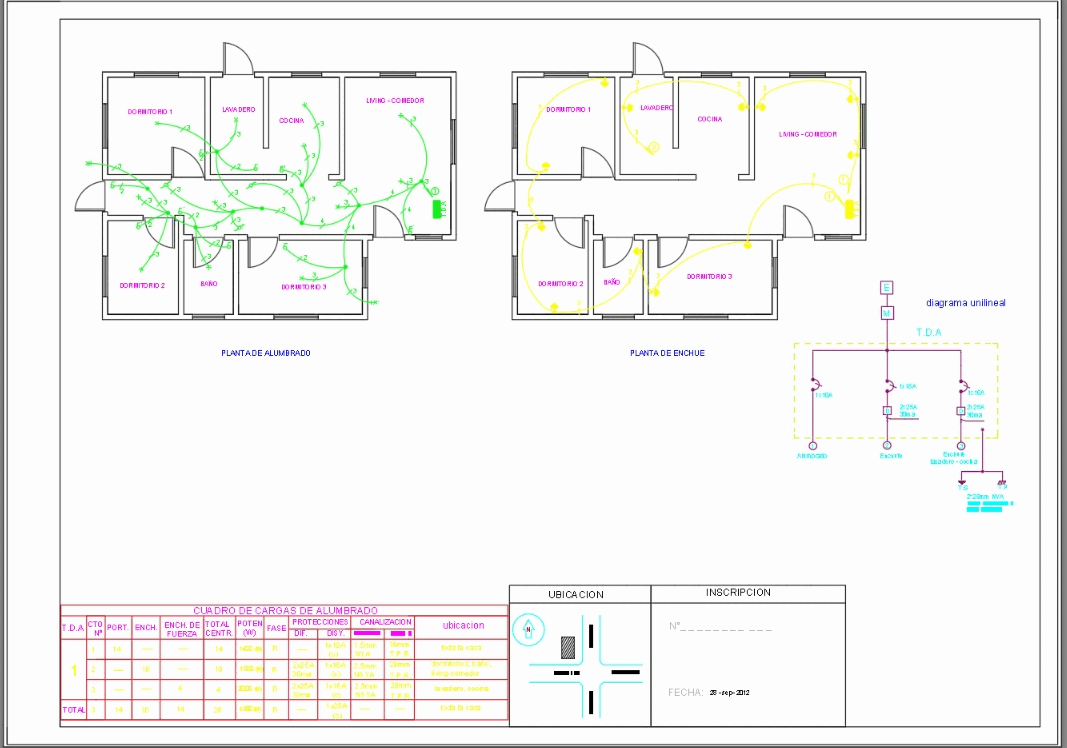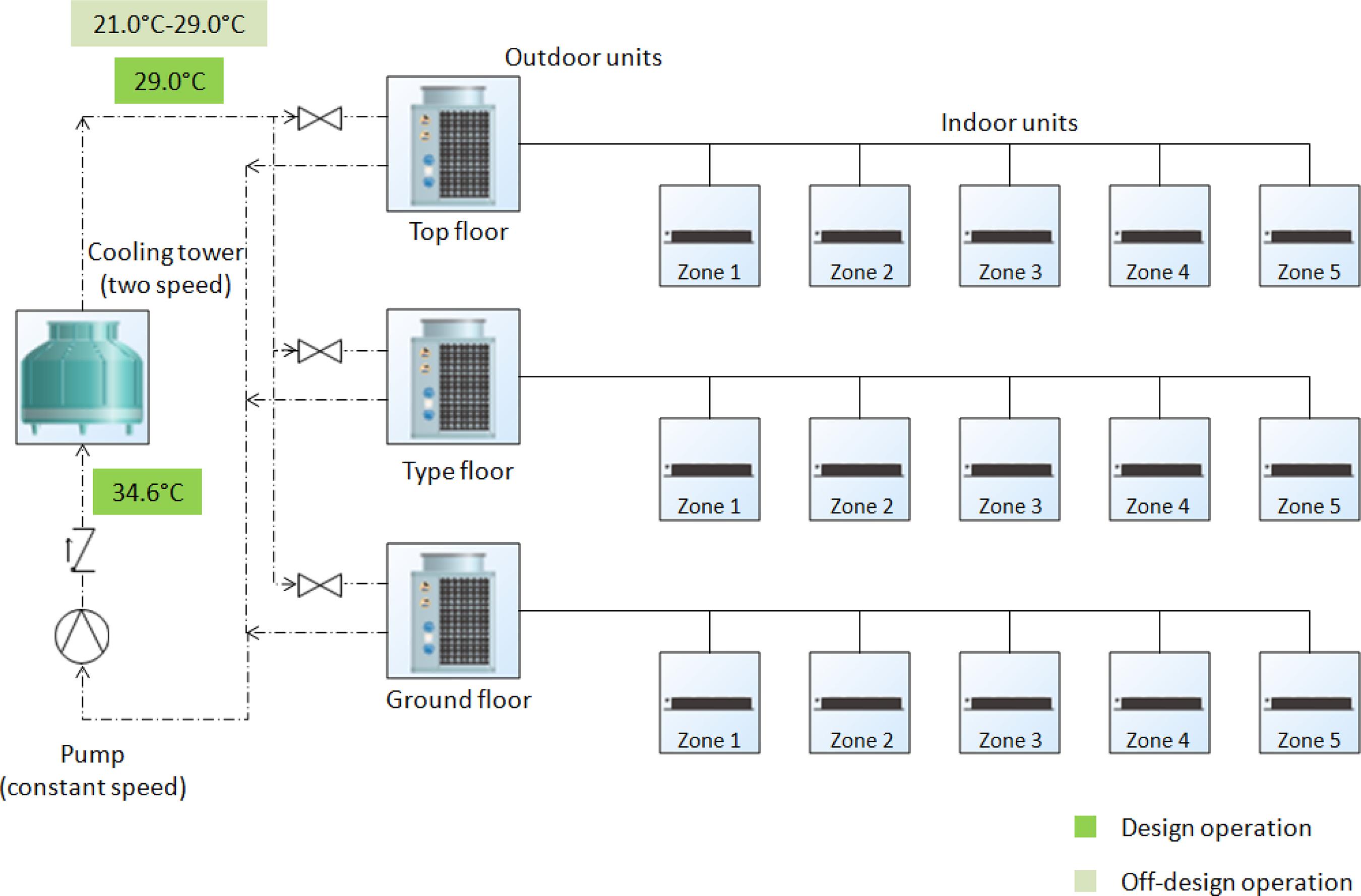Pdf variable refrigerant flow systems air conditioning system vrf pdf variable refrigerant flow vrf systems a practical guide to multi split systems and variable refrigerant. Whats people lookup in this blog: Vrf Air Conditioning System Pdf; Lg Vrf Air Conditioning System Pdf; Hitachi Vrf Air Conditioning System Pdf; Vrv Vrf Air Conditioning.
- Mitsubishi Vrv Air Conditioning
- What Is Vrv System In Air Conditioning
- Vrv Air Conditioning Systems Pdf Software
- Vrv Air Conditioning Systems Pdf File
- VRV air conditioning system lets you experience the style, power and flexibility of the Daikin’s next-gen air conditioning system. Replacing all outdoor units of your home with just a single unit, in the VRV system, the variants of indoor units like duct type and hi-wall can be connected to just one outdoor unit, giving more space to utilize.
- VRV Air Conditioner System Installation and Operation Manual In a VRV system, multiple indoor fan coil units may be connected to one outdoor unit. The outdoor unit has one or more compressors that are inverter driven, so their speed can be varied by changing the frequency of the power supply to the compressor.

VRV vs VRF
Mitsubishi Vrv Air Conditioning
VRV (variable refrigerant volume) and VRF (variable refrigerant flow) are two different terms for the same technology. Because VRV is a trademark of Daikin Industries, Ltd., all other companies that copy this technology refer to it as a VRF system.
VRV, introducing a new era of energy efficiency

When Daikin launched the VRV* air conditioning system in 1982, it introduced the world’s first use of variable refrigerant volume control. Also referred to as a VRF system, variable refrigerant flow is a technology that circulates only the minimum amount of refrigerant needed during a single heating or cooling period. This mechanism introduced the opportunity for end users to individually control several air conditioning zones at one time.
*VRV is a trademark of Daikin Industries, Ltd.
How does VRV work?
VRV is a technology that alternates the refrigerant volume in a system to match a building's precise requirements. Only a minimum amount of energy is required for a system to maintain set temperatures, and ensure that it automatically shuts off when no occupants are detected in a room. This unique mechanism is more sustainable in the long run, as end users save on energy costs while reducing their system’s carbon emissions.
With up to 64 indoor air conditioning units connected to one outdoor unit, the VRV system operates similar to a Multi-Split system. Each individual indoor unit determines the capacity it needs based on the current indoor temperature and requested temperature from the remote control (set point).
The total demand among all indoor units will determine how the outdoor unit adjusts the refrigerant volume and temperature. By only supplying the cooling or heating that is needed, the inverter compressor continues to save a large amount of energy during VRV operation.
The evolution of VRV

Since the release of our first VRV system, we’ve continuously added new features to meet evolving market demands. From increasing the capacity load to incorporating more recovery technologies, we continue to improve our VRV system to achieve the best in comfort, efficiency and reliability.
Explore the history of VRV and discover how it continues to shape the future of the HVAC-R industry.
The start of a new era
Daikin develops VRV: the world's first Multi-Split air conditioner for commercial buildings. Before the arrival of VRV, individual zone control for air conditioning was viewed as a big challenge. The launch of VRV drastically changed the expectations for air conditioners built for commercial buildings.
The flexible outdoor unit
Daikin develops the water-cooled VRV air conditioner. This unit is an ideal alternative when air-cooled VRV units cannot be used due to the length of refrigerant pipes.
The best in comfort
With heat recovery technology, the VRV air conditioner achieves heating and cooling simultaneously with only one outdoor unit. Daikin also enhances its technologies to meet the comfort needs of all people and regions of the world.
Quick and easy replacement process
Daikin develops replacement technologies to simplify the VRV installation process for businesses. By only replacing the indoor and outdoor units, installers are able to reuse other components, such as pipes.
Bringing cool, refreshing air to extremely hot regions
Focusing on the Middle East, Daikin customises the VRV to become more compatible with climates that reach up to 50°C or more.
The VRV S-series expands the VRV product range to include the light commercial sector
Bringing warmth to extremely cold regions
Daikin develops a highly efficient heat pump for VRV air conditioners. This system is built for regions where temperatures drop as low as - 25°C.
Daikin launches the VRV IV i-series, the world's first 'invisible' VRV outdoor unit
What Daikin ultimately created was a unique approach to air conditioning. Today, it has become one of the two types of air conditioning systems, ducted and ductless, in the world. Daikin will always be the pioneer in air conditioning, as it continues to expand this new standard around the world.
Daikin launches VRV IV+
Fully optimised for seasonal efficiency this range is developed completely to the spirit of the Ecodirective.
Reaching the hightest levels in seasonal efficiency, measured with the most sold indoor units, this VRV range continuous to lead in VRF technology
VRV 5 S-series
Completely redesign unit for R-32 refrigerant
Easier to handle and more flexible to install then ever!
Find out more about our today's range and technologies including

Variable refrigerant flow (VRF), also known as variable refrigerant volume (VRV), is an HVAC technology invented by Daikin Industries, Ltd. in 1982.[1] Like ductless minisplits, VRFs use refrigerant as the cooling and heating medium. This refrigerant is conditioned by one or more condensing units (which may be outdoors or indoors, water or air cooled), and is circulated within the building to multiple indoor units.[2] VRF systems, unlike conventional chiller-based systems, allow for varying degrees of cooling in more specific areas (because there are no large air handlers, only smaller indoor units), may supply hot water in a heat recovery configuration without affecting efficiency,[3] and switch to heating mode (heat pump) during winter without additional equipment, all of which may allow for reduced energy consumption. Also, air handlers and large ducts are not used which can reduce the height above a dropped ceiling as well as structural impact as VRF uses smaller penetrations for refrigerant pipes instead of ducts.[4]
Description[edit]
What Is Vrv System In Air Conditioning
VRFs are typically installed with an air conditioner inverter which adds a DC inverter to the compressor in order to support variable motor speed and thus variable refrigerant flow rather than simply perform on/off operation. By operating at varying speeds, VRF units work only at the needed rate allowing for substantial energy savings at load conditions. Heat recovery VRF technology allows individual indoor units to heat or cool as required, while the compressor load benefits from the internal heat recovery. Energy savings of up to 55% are predicted over comparable unitary equipment.[1][5] This also results in greater control of the building's interior temperature by the building's occupants.
VRFs come in two system formats, two pipe and three pipe systems. In a heat pump two pipe system all of the zones must either be all in cooling or all in heating. Heat Recovery (HR) systems have the ability to simultaneously heat certain zones while cooling others; this is usually done through a three pipe design, with the exception of Mitsubishi, Carrier and LG whose systems are able to do this with a two pipe system using a branch circuit (BC) controller to the individual indoor evaporator zones. In this case the heat extracted from zones requiring cooling is put to use in the zones requiring heating. This is made possible because the heating unit is functioning as a condenser, providing sub-cooled liquid back into the line that is being used for cooling. While the heat recovery system has a greater initial cost, it allows for better zoned thermal control of a building and overall greater efficiencies.[6] In heat recovery VRF systems, some of the indoor units may be in cooling mode while others are in heating mode, reducing energy consumption. If the coefficient of performance in cooling mode of a system is 3, and the coefficient of performance in heating mode is 4, then heat recovery performance can reach more than 7. While it is unlikely that this balance of cooling and heating demand will happen often throughout the year, energy efficiency can be greatly improved when the scenario occurs.[7]
VRF systems may be air or water cooled. If air cooled, VRF condensing units are exposed to outside air and may be outdoors, and condensing units are the size of large refrigerators, since they need to contain a large condenser (heat exchanger) which has a large surface area to transfer heat to the surrounding air, because air doesn't have a high heat capacity[8] and has a low density, volumetric thermal capacity and thermal conductivity thus needing to transfer heat into a large amount of air volume at once. If water cooled, the condensing units are placed indoors and are much smaller and cooled with water by a closed type or circuit cooling tower or dry cooler.
Japan[edit]
VRF systems have been used in Japan since the 1980s. By 2007, in Japan, VRFs are used in 50% of midsize office buildings (up to 70,000 ft2 or 6,500 m2) and 33% of large commercial buildings (more than 70,000 ft2 or 6,500 m2).[6] Daikin, a Japanese company, is the inventor of variable refrigerant volume systems (or VRV by Daikin air conditioning, other manufacturers remarketed this as VRF as VRV is a trademark).
Home automation integration[edit]
There are dedicated gateways that connect VRFs with home automation and building management systems (BMS) controllers for centralized control and monitoring. In addition, such gateway solutions are capable of providing remote control operation of all HVAC indoor units over the internet incorporating a simple and friendly user interface.[9][10]
Primary manufacturers[edit]
Japan:
- Fujitsu (Fujitsu General)
- Hitachi (Now Johnson Controls-Hitachi (Air Conditioning) (Jci-Hitachi)
- Yanmar (gas heat pumps)
- Sharp(former)
- Sanyo(now Panasonic)
- Toshiba Carrier(Former Air-conditioning & Heating International (AHI)(AHI-Carrier/Toshiba) (Toshiba-Carrier)[11][12] (As of 2018, the joint venture(s) seem to have been broken up, as Carrier now manufactures VRF systems of its own and Toshiba's websites no longer show the Carrier logo in their product images (which is not the case in some of Carrier's images[13][14]) and web pages, and the AHI-Carrier(Toshiba) website has not been updated since 2016)
Korea:
India:
Italy:
United States:
- York International(Made by Hitachi)
- Trane (formerly made by Samsung, now made by Mitsubishi Electric)
- Afka Group (American Pro)
- CIAC(Carrier)
Vrv Air Conditioning Systems Pdf Software
France:
China/Other:
- Bosch (made by Midea[15][16])[17]
References[edit]
- ^ abThornton, Brian (December 2012). Variable Refrigerant Flow Systems(pdf). General Services Administration (Report). US Federal Government. Retrieved 2013-08-06.
- ^'VRF – 'Reason to choose VRF HVAC Technology' – 22-7 Website'. Retrieved 2019-09-05.
- ^https://oaktrust.library.tamu.edu/bitstream/handle/1969.1/5243/ESL-IC-06-11-104.pdf?sequence=4&isAllowed=y
- ^https://www.buildings.com/articles/28170/emergence-vrf-viable-hvac-option
- ^'Variable Refrigerant Flow'.
- ^ abGoetzler (April 2007). 'Variable Refrigerant Flow Systems'. ASHRAE Journal: 24–31.
- ^Rostamabadi, Mehrdad (2017). VRF HVAC Systems. Shafaf.
- ^GF. Hundy, A.R. Trott, T.C. Welch,Chapter 6 - Condensers and Cooling Towers,Editor(s): G.F. Hundy, A.R. Trott, T.C. Welch,Refrigeration, Air Conditioning and Heat Pumps (Fifth Edition),Butterworth-Heinemann,2016,Pages 99-120,ISBN 9780081006474,https://doi.org/10.1016/B978-0-08-100647-4.00006-1
- ^'Cool Automation's CoolMasterNet Features IP Connectivity, Multi-Brand HVAC Support'. CE Pro. Retrieved 16 November 2015.
- ^'Air Condition Repair'. Tuesday, 10 August 2021
- ^'Toshiba Carrier Global | Air conditioner for residential, commercial and industrial uses'. www.toshiba-carrier.co.jp.
- ^'AHI Carrier Contacts'. www.ahi-toshiba.com.
- ^'Toshiba Carrier Ductless Heat Pump System - RAS-LAV/LKV | Carrier - Home Comfort'. Carrier.
- ^'Toshiba Carrier Variable Refrigerant Flow Systems | Carrier Commercial Systems North America'. Carrier.
- ^'VRF: Bosch Enters the Market'. ACR Journal.
- ^'Bosch enters VRF joint venture with Midea'. Cooling Post. April 1, 2015.
- ^'VRF systems | Products |'. Buderus.